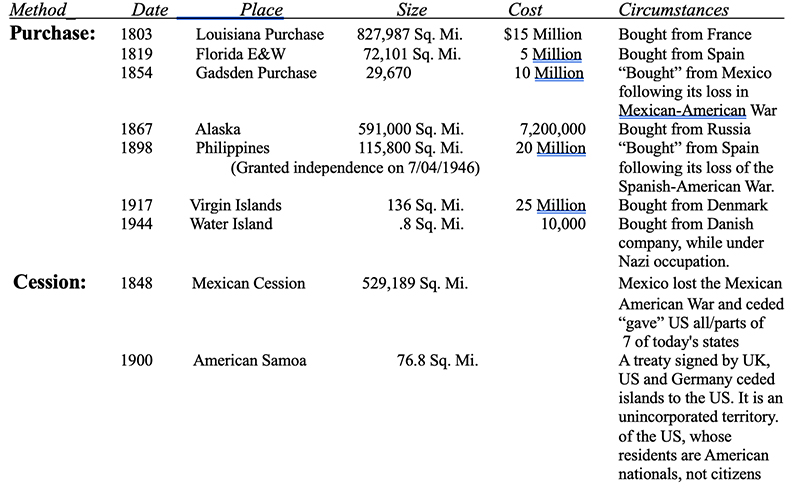Perhaps you—like me and most of my friends—have a grave difficulty discussing politics in our hyper-partisan nation. We often report that civil debates with right-leaning friends are off-limits for fear of destroying valued relationships. When we try, too often the opening response sounds something like, “I agree that Trump is an ogre…but I like his policies!” or “His character stinks, but I love his programs!”
That sounds rationa,l but is actually a cop-out to squash all further conversation. And it is highly irrational.
Why? Because it is extremely difficult to dislike a leader’s character while liking their policies. They are inextricably linked. A leader’s character (like our own) consists of core values and central beliefs that determine how we behave and the key choices we make (like positions and policies).
If a leader is kind, honest, and generous, his policies will be rooted in integrity, care for others, and the common good. A leader who is vengeful, greedy, and dishonest will adopt policies that are vindictive, untruthful, and self-serving. It is impossible to separate the baggage from the bag.
Character drives a leader’s policy and behavior in fundamental ways. To separate the two (as happens in our debates across the aisle) would be like saying, “I don’t care if the coach or teacher of my grandkids is dishonest, mean, and selfish—as long as he wins games and my child gets good grades!” Character determines how we do things. And moral makeup matters.
One of my favorite quotes during my 40-year career in Leadership and Character Development is:
“Character is who you are in the dark.”
It is how we behave when we know nobody’s watching. To be a true leader—or even lead a good life—we have to confront our demons and cover-ups. At least that was once true.
Now we have a President who boasts about his vile character in the light of day. His greed, vengeance, and vanity are broadcast in public to be seen and praised by those who fear him and those who can gain from his bribes and handouts. Or it could be confronted. Given that this President has unprecedented control of all three branches of government—and the recently granted “complete immunity while governing” from the Supreme Court—it needs to be confronted now.
It is clear that serious damage has been done to our democracy by President Trump in just eight months. Americans who care about our sacred Republic must establish some checks and balances soon. The midterm election, roughly one year away, is the best way to do that.
That means not only getting all citizens who are terrified by this self-proclaimed “Dictator” out to vote—it also means getting some of our center-right Republican friends to join us. And that requires reopening the dreaded political debate with friends we know are good and principled people, which is most of them. The ones who dislike the constant bragging, lying, hurting of vulnerable people, abandoning of allies, while amassing huge personal wealth.
We must risk the discomfort of raising the “character question” and tying this President’s moral makeup to his destructive policies. And our ask is not that large: that one of the three branches of government (the House) gain a slight Democratic majority so it can provide a small measure of restraint on this dangerous “King.” All significant power would remain with Republicans.
The wolf is at the door. We must rise up and defend democracy.
Clearly, our resistance should include active protest (like “No Kings”), speaking or writing opinion pieces (like this one), and stumping for honest candidates. But we all have decent friends who do not want our hateful President to go unchecked. It is not too early to reopen a caring, candid exchange with Republican friends one year out from the Midterms.
Trump announces daily how destructive and vindictive he intends to be. The most shocking example occurred recently at the funeral of Charlie Kirk. His grieving widow, Erika, said that she forgave her husband’s killer:
“I forgive him because it is what Christ did and what Charlie would do.”
In reply, Donald Trump declared:
“I hate my opponent and I don’t want the best for them.”
What kind of policies and executive orders do we expect from this character?
Johnny O’Brien is a former president of the Milton Hershey School and the institution’s first alumnus to lead it. Orphaned at a young age, he was raised at the school and graduated in 1961 before earning a degree from Princeton University and pursuing graduate studies at Johns Hopkins. O’Brien later founded Renaissance Leadership, a firm that coached executives at major corporations. In 2003, he returned to Hershey as its president. He is also the author of Semisweet: An Orphan’s Journey Through the School the Hersheys Built, and currently lives in Easton.






